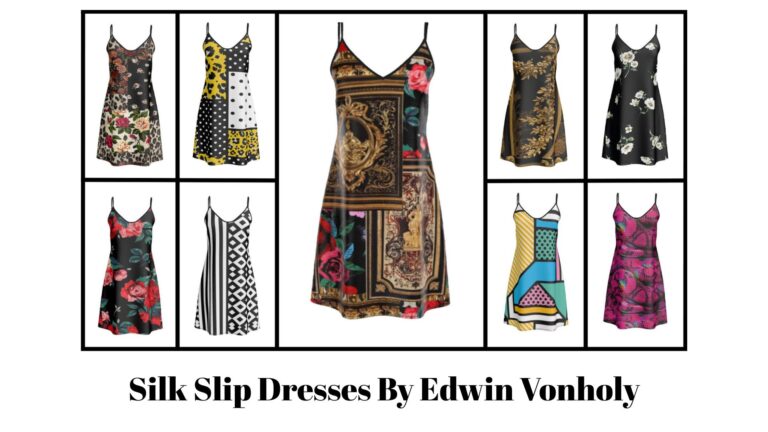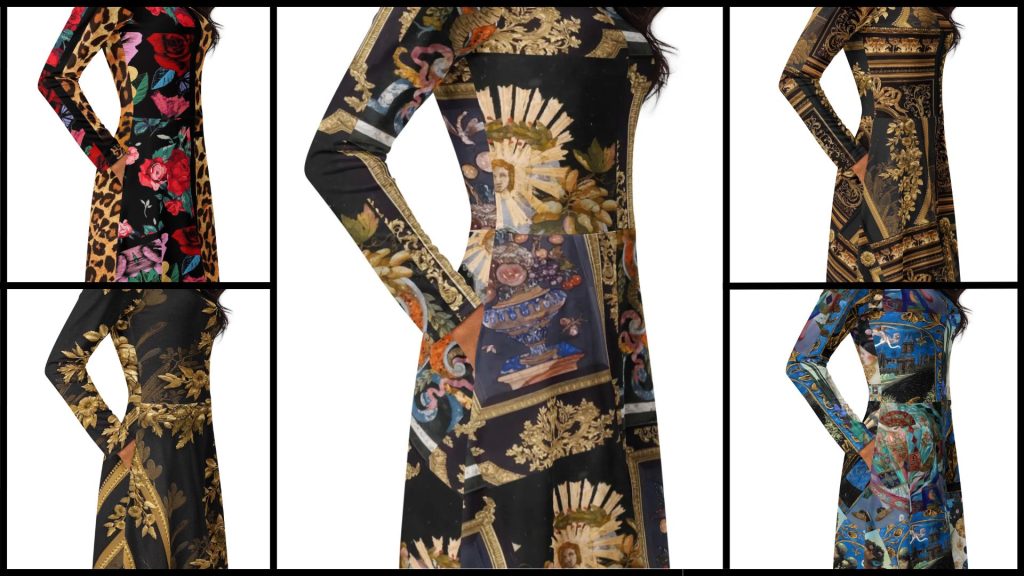Is It Blue and Black or White and Gold? The Internet’s Most Famous Dress Explained
In 2015, the internet was captivated by a single image—a simple photograph of a dress that sparked one of the most intense debates in online history. The question at the center of it all was seemingly simple: Is the dress blue and black, or white and gold? What started as a casual social media post soon turned into a global phenomenon, as millions of people around the world passionately debated the color of a piece of clothing. But behind this viral spectacle lies a fascinating scientific mystery. In this article, we will delve into how the dress became a viral sensation, explore the science behind the debate, and explain why this seemingly simple image has had such a lasting cultural impact.
The Birth of the Blue and Black Dress Debate
It all started in February 2015 when a woman named Caitlin McNeill, a Scottish singer, posted a photo of a dress on her Tumblr. The image had been shared by a family member on a Facebook page, and McNeill found herself puzzled by the color of the dress. What struck her was that different people seemed to be seeing different colors when they looked at it. So, she posted the image online, asking her followers for their opinions.
Almost immediately, the internet erupted with conflicting responses. Some people insisted that the dress was blue and black, while others were adamant that it was white and gold. The debate snowballed quickly, with people around the world weighing in. What started as a harmless curiosity grew into a global conversation that dominated social media platforms, TV shows, and news outlets. It was a viral phenomenon that no one could have predicted, but the question remained: What color was the dress?
The Power of Perception: Understanding the Debate
At first glance, the dress appears to be either blue and black or white and gold, depending on the viewer’s perspective. So, why do people perceive it so differently? The answer lies in the complex workings of human perception and how our brains interpret visual information.
The dress’s true colors are blue and black, but this fact became almost secondary to the debate. The key to understanding the disparity lies in how different people’s brains interpret the lighting conditions in the photo. The image of the dress was taken under a specific set of lighting circumstances that caused the color of the dress to appear differently depending on the viewer’s brain and visual processing.
This phenomenon is related to a concept in neuroscience known as color constancy, which refers to the ability of the brain to maintain a constant perception of color despite changes in lighting. When you look at an object in different lighting, your brain adjusts your perception of the colors to keep them consistent. However, in this case, the unusual lighting of the photo led some viewers’ brains to interpret the dress as blue and black, while others saw it as white and gold.
The Science Behind the Color Perception
The debate over the Blue and Black Dress is a fascinating example of how human brains process visual information. In simple terms, it comes down to individual differences in how our brains adjust to light. Several factors influence how we perceive color, including:
1. Lighting Conditions
The lighting in the original photo was key to how people interpreted the colors of the dress. The image was taken in a dimly lit environment, and because of the way the lighting interacted with the colors of the dress, it appeared differently to different people. Those who saw the dress as blue and black likely interpreted the lighting as being too dim and adjusted their perception of the colors accordingly. On the other hand, those who saw the dress as white and gold likely interpreted the lighting as being more natural or overexposed, which made the colors appear lighter and warmer.
2. Individual Differences in Color Constancy
As mentioned earlier, color constancy is the brain’s ability to compensate for changes in lighting and still recognize colors as consistent. However, this ability varies from person to person. Some individuals’ brains may compensate for lighting in such a way that they see the dress as blue and black, while others’ brains may adjust the colors in a different way, making the dress appear white and gold. This is why some people saw one version of the dress, while others saw a completely different one.
3. Age and Eye Health
Interestingly, factors like age and eye health can influence how we perceive color. As people age, the lenses of their eyes can yellow, which may affect the way they see colors. This could explain why older individuals were more likely to see the dress as white and gold, while younger people tended to see it as blue and black. Additionally, certain eye conditions, such as cataracts, can affect color perception and may have contributed to the differences in how people saw the dress.
The Cultural Impact: Memes, Parodies, and Pop Culture
What began as a simple debate over color soon became a cultural touchstone. The Blue and Black Dress captured the attention of mainstream media, with news outlets like BBC, The New York Times, and CNN covering the phenomenon. The debate became the subject of TV shows, talk shows, and online articles, further fueling its viral nature.
The dress also gave birth to a wealth of memes and parodies. People took the debate and ran with it, creating funny videos, mockups, and images that continued to circulate online. The hashtag #TheDress trended worldwide, with celebrities like Katy Perry and Taylor Swift even joining the conversation to weigh in on the color conundrum.
In addition to memes, the dress became a symbol of the internet’s power to generate massive cultural phenomena. The sheer volume of discussions and reactions around a single image demonstrated the collective power of social media, where a seemingly trivial topic could take on a life of its own and become a defining moment in pop culture.
What the Dress Taught Us About the Brain and Vision
The Blue and Black Dress debate was not just a fun internet argument—it also sparked a renewed interest in the science of perception. The debate led to scientific studies and discussions on how the brain processes visual information and interprets color. The phenomenon highlighted how individual differences, lighting conditions, and even cultural backgrounds can all play a role in how we perceive the world around us.
Moreover, the debate underscored the importance of neuroscience and psychology in understanding human vision. Researchers began studying the optical illusion more closely, using it as an example of how visual processing can vary from person to person. It also demonstrated that perception is not a straightforward process; it is influenced by multiple factors, including the brain’s attempt to make sense of ambiguous or incomplete information.
Conclusion: The Legacy of the Blue and Black Dress
The Blue and Black Dress may have been a simple photograph, but its impact was anything but ordinary. It sparked one of the most widespread and engaging debates in internet history, blending science, psychology, and pop culture. In the years since, the dress has remained a symbol of the internet’s ability to generate viral content, but it has also become a reminder that perception is subjective.
While the true color of the dress is blue and black, the fact that so many people saw it differently makes it a powerful example of how our brains interpret visual information. In the end, the Blue and Black Dress debate didn’t just answer the question of color—it opened up a much deeper conversation about how we see the world.






